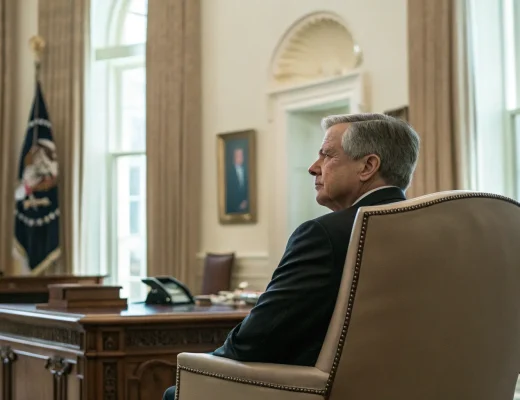Stephen Ira Miran, economist, is set to speak Monday at the
Economic Club of New York, where he plans to lay out his views on the economy and monetary policy. The appearance comes as investors, executives, and policymakers weigh the next steps for interest rates and growth. The timing signals fresh guidance for markets seeking clarity on inflation, employment, and the trajectory of borrowing costs.
“Miran speaks Monday to the Economic Club of New York to explain his views on the economy and monetary policy.”
The Economic Club of New York is a long-standing forum where central bankers, government officials, and business leaders share their outlooks. Speeches there often shape debate and can move markets. With inflation lower than its 2022 peak and the job market cooling from its strongest pace, expectations are divided over how quickly policy should adjust.
Why This Speech Matters Now
Monetary policy steers the cost of credit for households and companies. Any signal on
rates can influence mortgage costs, corporate borrowing, and hiring plans. After two years of rapid tightening to combat high prices, officials are weighing how long to maintain restrictive policy. A clear message on the balance of risks—between inflation remaining sticky and growth slowing too quickly—will be closely watched.
Investors also look for clues on the neutral rate, balance sheet policy, and the health of
credit markets. Even small language changes can hint at the next policy step. Markets often react first, with businesses and consumers feeling the effects later through loan
rates and asset prices.
Economic Backdrop and Recent Trends
Price pressures have eased from their highs, though some service categories remain firm. Wage growth has moderated from its peak as labor supply improved and hiring cooled. Consumer spending has held up but shows signs of strain among lower-income households.
Business investment has been uneven, with caution in interest-sensitive sectors.
Global conditions add uncertainty. Energy prices, supply chain adjustments, and currency moves can affect inflation and trade. Policymakers must weigh these crosswinds while protecting the gains made against inflation.
What Markets Will Watch For
- Whether inflation progress is enough to justify rate cuts or a more extended hold.
- How officials view the risk of a sharper growth slowdown.
- Any guidance on balance sheet runoff and liquidity
- Comments on housing affordability and credit conditions.
- Assessment of productivity and labor supply trends.
Possible Policy Paths and Their Effects
If the message signals patience, expect market rates to stay higher for longer. That could keep pressure on housing and small-business borrowing while helping to further cool inflation. If the tone hints at easing,
mortgage rates and corporate yields could fall, offering relief to interest-sensitive sectors.
A middle path would stress data dependence. That would keep options open as new figures on prices, jobs, and spending arrive. Many analysts expect communication to highlight flexibility, given the
risk of over-tightening or cutting too soon.
Voices From the Forum
The Economic Club of
New York often hosts candid discussions with leaders across finance and policy. While prepared remarks set the tone, the audience Q&A can reveal how officials think about trade-offs. Direct language on inflation drivers, housing, and credit spreads would give insight into the policy reaction function.
Key Indicators Ahead
Upcoming reports on consumer prices, personal consumption, and payrolls will shape expectations. Measures of
core inflation in services will be essential. Surveys of purchasing managers and small businesses can confirm whether demand is steady or weakening.
Financial conditions also matter.
Credit card delinquencies, auto loan performance, and bank lending standards can reveal areas of stress. A stable banking system
supports steady growth, while tighter credit can amplify a slowdown.
Global factors will stay in focus. Energy markets, shipping costs, and geopolitical risks can feed into prices and confidence. Any reference to these forces would help explain how policy plans account for external shocks.
Miran’s appearance offers a timely check-in on policy thinking at a sensitive moment. Clear guidance on inflation risks, the pace of growth, and the impact of financial conditions could help calm
markets and enable businesses to plan effectively. The next phase will hinge on incoming data and whether
price gains continue to ease without a steep rise in unemployment. Watch for how Monday’s message frames that balance and what it signals about the path of rates in the months ahead.






